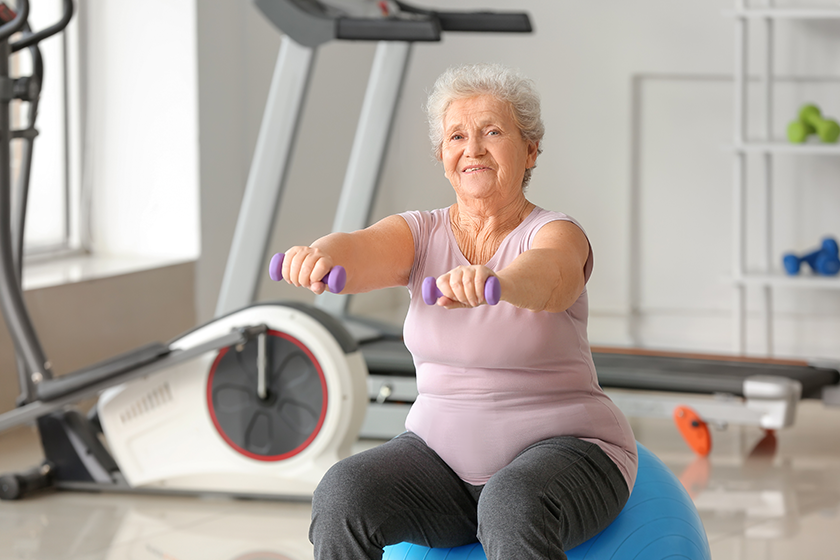As individuals age, maintaining physical health and independence becomes increasingly important. For residents of retirement communities and those in their golden years living independently, integrating balance exercises into seniors’ fitness programs is crucial. These exercises not only enhance stability and coordination but also significantly reduce the risk of falls, which are a major concern for older adults. This article explores the importance of balance training and how it benefits various aspects of residents’ lives.
Enhancing Stability and Coordination
Balance exercises play a pivotal role in strengthening key muscle groups, such as those in the legs and core, which are essential for maintaining an upright posture. These targeted routines enhance coordination by training the body to respond rapidly and adeptly, thereby preventing falls—a common risk for older adults.
As residents enhance their balance through these exercises, they experience a boost in confidence that permeates through all their daily activities and events, from simple tasks like walking to more intricate movements.
Incorporating diverse exercises such as standing on one foot, methodically walking heel to toe or practicing the gentle, flowing movements of Tai Chi, provides substantial benefits. These activities are particularly effective in honing this vital skill, ensuring that residents can enjoy a safer, more active lifestyle.
Preventing Falls and Injury
One of the most significant benefits of balance exercises for older adults is the reduced risk of falls. Falls are the leading cause of injury among older adults and can lead to a severe decline in quality of life and independence. By incorporating exercises that enhance stability, residents can protect themselves against this risk. Routine balance training, under the guidance of a fitness team member in a community, ensures that exercises are performed safely and effectively, adapting them as the needs of residents evolve.
Improving Overall Physical Health
Balance exercises also contribute to the overall physical health of older adults. These activities can help improve flexibility, increase muscle strength and even enhance cardiovascular health when combined with other forms of exercise. Moreover, engaging in a regular exercise routine that includes balanced activities can alleviate symptoms of chronic conditions such as arthritis, heart disease and diabetes. This holistic approach to fitness is essential for maintaining an active and fulfilling lifestyle in retirement.
Contributing to Mental and Social Well-being
In addition to their physical advantages, balance exercises also contribute significantly to mental wellness. Engaging in these physical activities triggers the release of endorphins, the body’s natural mood lifters, which can alleviate symptoms of depression and anxiety. Moreover, when these exercises are performed in group settings within a retirement community, they encourage social interaction and build a strong sense of community among the residents. This social connectivity is crucial for emotional health and plays a significant role in enhancing overall quality of life.
Incorporating balance exercises into seniors’ fitness programs is not merely a recommendation; it is a necessity for maintaining health, independence and quality of life in later years. These exercises provide substantial benefits including enhanced stability, injury prevention, improved physical health and mental well-being. For those looking to live better and healthier in their golden years, the supportive environment of a retirement community, with access to a dedicated fitness team and a network of loved ones and guests, can be invaluable.








